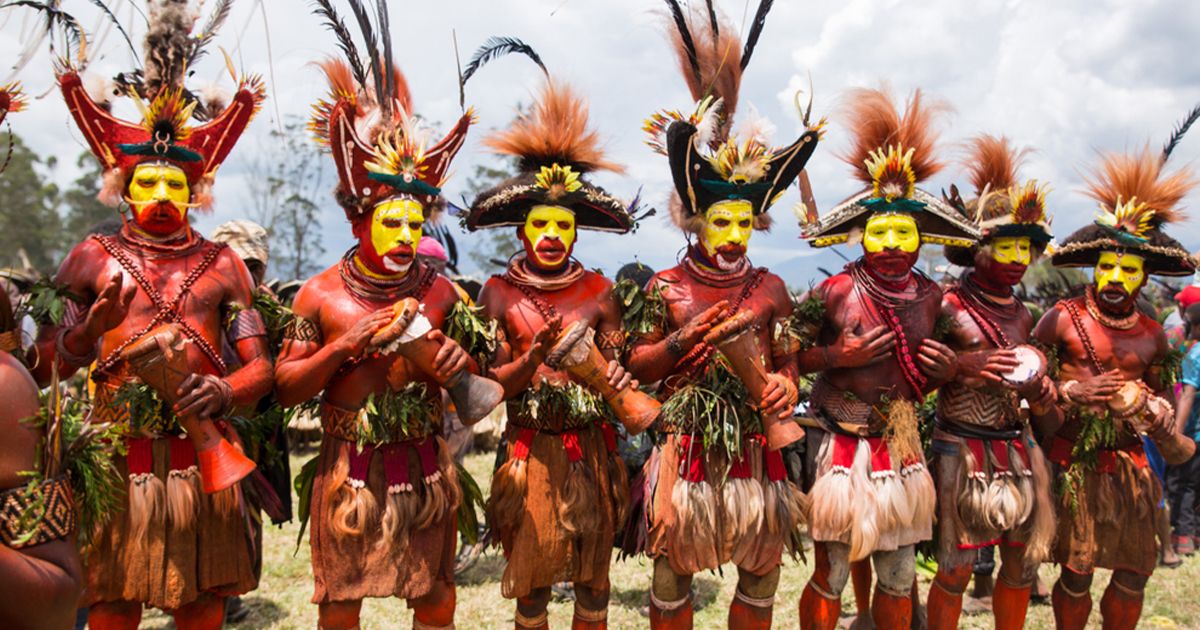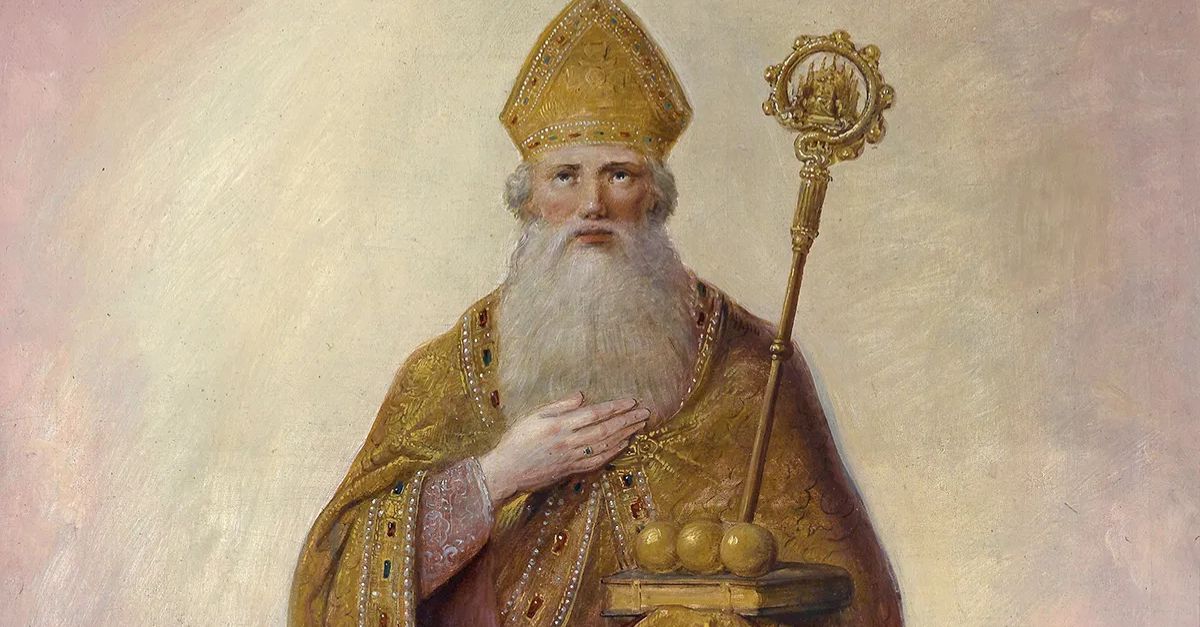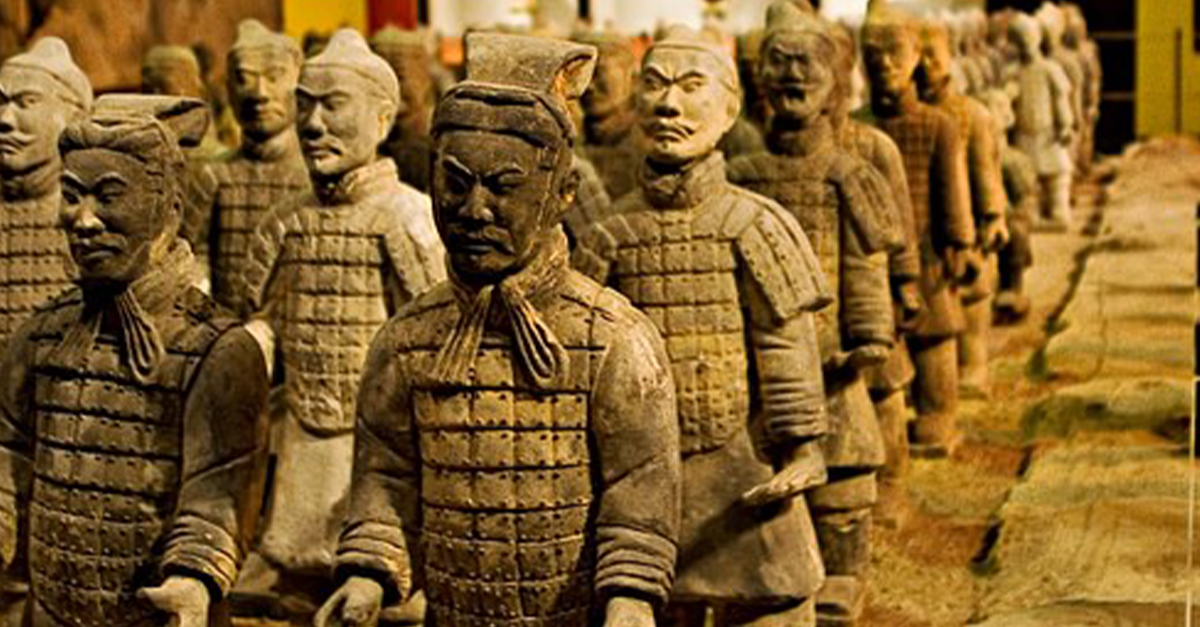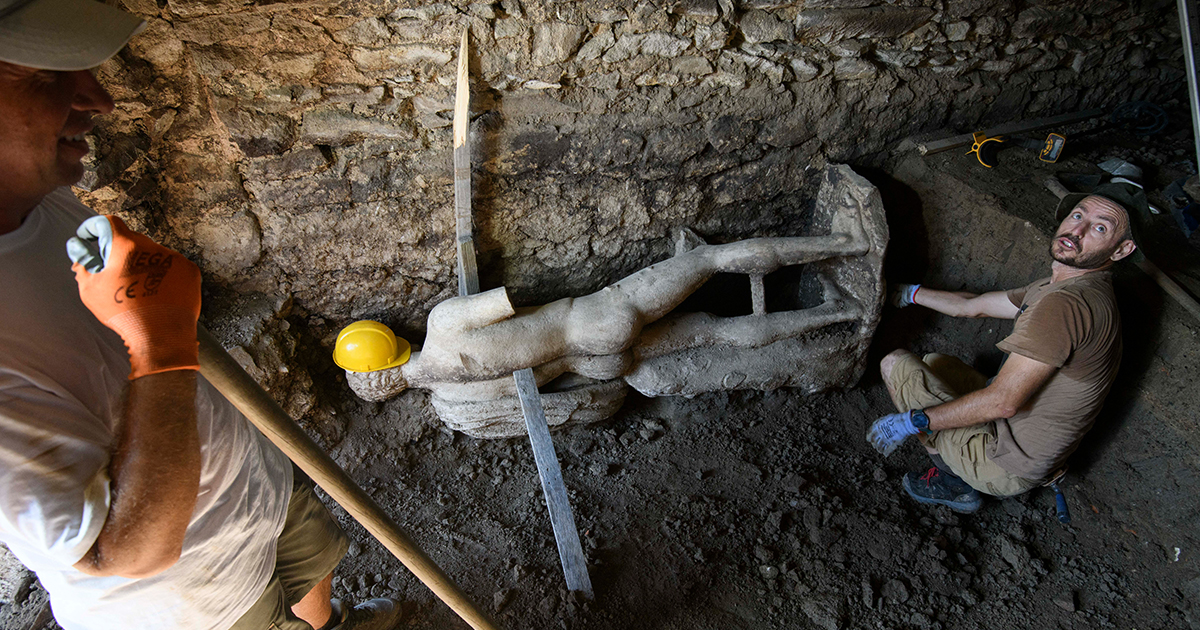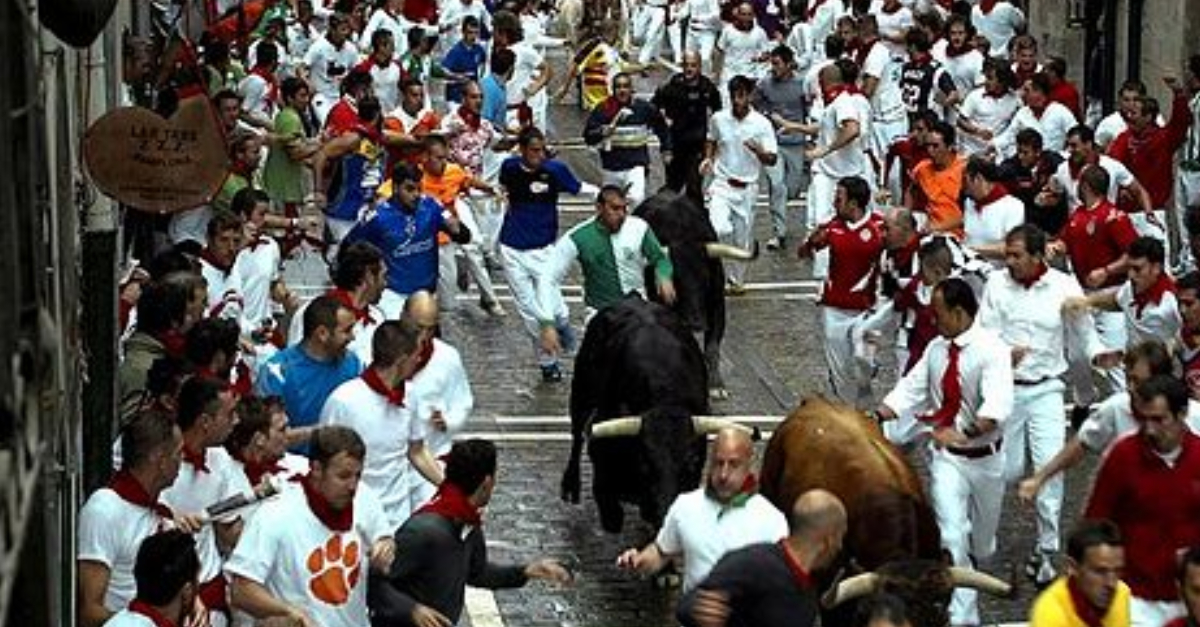The Best Hair In The East
Renowned for their elaborate wigs, the Huli people possess a vibrant culture that has long fascinated both anthropologists and travelers.
Let's glimpse into the lives of this eccentric tribe.

Where Do They Live?
The Huli people live in the Tagari River basin which is in the Hela Province of Papua New Guinea.
They also live on the slopes of the mountains around the river, with some settlements being as high as 1,600 meters above sea level.
How Many Are There?
The Huli are one of the largest Indigenous groups in Papua New Guinea. More than 250,000 Huli call the country home.
 Natalia Golovina, Shutterstock
Natalia Golovina, Shutterstock
Huli Wigs
Huli men are renowned for their elaborate, colorful headdresses, known as "Huli wigs". The wigs are made from bird-of-paradise feathers, which have all been carefully selected and arranged to create a bold display.
The wigs symbolize status and masculinity and have led the Huli to be called "Wigmen".
Women's Wigs
Huli women also wear wigs, crafted from human hair and adorned with shells and feathers. These intricate wigs are often passed down through generations, serving not only as a family heirloom but also as a symbol of a woman's marital status and social standing.
 Natalia Golovina, Shutterstock
Natalia Golovina, Shutterstock
What Do They Wear?
Traditionally, Huli men wear red string aprons that are tied around their waist and hang down to their knees.
They may also wear leaves over their buttocks, and jewelry made of beads and shells. Women wear long grass skirts and smocks across their chests.
Women tend to wear less jewelry than men, but they decorate their hair with feathers and shells.
 Natalia Golovina, Shutterstock
Natalia Golovina, Shutterstock
Huli History
The Huli have maintained an extensive knowledge of their history, which is evidenced in their oral traditions and awareness of family lineages.
Based on their oral histories and archeological evidence, the Huli have been living in the Tagari River basin for thousands of years.
What Do They Eat?
The Huli are farmers, and sweet potatoes are their staple crop. Rice and fish are other common foods, but sweet potatoes are so popular among the Huli, they usually carry a bag of them wherever they go.
The Importance Of Pigs
Pigs hold immense significance in Huli culture, acting as a form of currency for everything from dowries to ritual payments. The number of pigs one possesses is a direct symbol of wealth and status within Huli communities.
 Journeyman Pictures, A Bride for Barter? Traditional Customs of the Huli (2004)
Journeyman Pictures, A Bride for Barter? Traditional Customs of the Huli (2004)
Initiation Rites For Boys
At the age of 14 or 15, Huli boys leave their homes to live in a secluded school that will teach them their responsibilities as men in the tribe. During this time, the boys take special care of their hair, so they can make their wigs.
Initiation Rites For Boys (cont'd)
Three times a day, the boys wash their hair with sacred water and sprinkle fern leaves in it while chanting spells. The boys cannot eat fatty or spicy foods, which is to help their hair grow strong.
After about 18 months, the boys shave their hair off and it is woven into a traditional wig.
Initiation Rites For Boys (cont'd)
Colored clays and bird feathers complete the wigs. Some of the wigs are worn every day, while others are for ceremonies or made to be sold at market.
The boys may repeat this process several times, as the Huli believe that only hair from unmarried young men can be used to make their wigs.
 Natalia Golovina, Shutterstock
Natalia Golovina, Shutterstock
Huli Society
Huli society is structured around clans, each led by a chief. These clans are closely interconnected, with every member playing an active role in daily life—from sharing resources to making key decisions. It's also common for the entire village to come together and celebrate milestones, such as a marriage, as a collective community.
 Natalia Golovina, Shutterstock
Natalia Golovina, Shutterstock
Huli Chiefs
Huli chiefs come into power based on how skilled they are in combat and how well they can mediate disagreements among villagers.
The number of pigs and shells that a chief has are also signifiers of his power, as these things are highly valued by the Huli.
Vengeance
When it comes to settling disputes, the Huli may be more likely to seek vengeance than peace.
Historically, when perpetrators would receive an injury from their victims in return, they would seek a sort of counter vengeance rather than see their injury as an act of justice or retribution.
 Natalia Golovina, Shutterstock
Natalia Golovina, Shutterstock
Vengeance (cont'd)
Because it's easy for people to get stuck in cycles of vengeance, most civil wars among the Huli have typically started as personal disagreements between individuals that then gain the attention of others in the community who choose sides.
Huli Face Painting Traditions
Face painting is a vital form of cultural expression for the Huli people. Ochre from red clay and Ambua, or "yellow clay," hold sacred significance in their traditions. Historically, Huli warriors used these distinct colors to distinguish themselves from neighboring tribes, with the upper part of their face painted yellow and the lower portion marked with vibrant red ochre.
Their Marriage Customs
Huli marriages involve negotiations between the whole family. Whether they are arranged or a love match, the couple must go through a betrothal process that includes rituals like a pig sacrifice, feasts to honor the ancestors, and ritual dances.
Their Marriage Customs (cont'd)
The marriage only proceeds once the prospective groom has paid a bride-wealth, to be paid in up to 20 pigs. The groom contributes most of the bride's wealth, and his extended family pays the rest.
Polygamy
Huli practice polygamy, with men being able to have up to six wives. The man must first enjoy a period of marital bliss with his first wife and acquire enough pigs to pay for other wives.
Having multiple wives is linked to a man's social status, since each new marriage allows the man to have more children, more help to tend livestock, and more social connections via the woman's extended family.
Their Origin Story
The Huli believe that they share a common ancestor who was also named Huli. He is said to have been the first person to farm on the Huli's traditional homelands.
 Natalia Golovina, Shutterstock
Natalia Golovina, Shutterstock
Their Musical Traditions
Traditional Huli music is deeply rooted in drumming and chanting, playing a central role in rituals and celebrations. Beyond its ceremonial importance, music serves as a powerful means of passing down knowledge and oral histories to younger generations of the Huli.
Huli Gender Roles
Huli society is patriarchal, with men getting the final say on decisions about the clan. Men also spend more time working outside and take center stage at public ceremonies, though women also perform with wigs.
Huli women help take care of livestock and are fully responsible for childcare and cooking in the home.
 Design Pics Editorial, Getty Images
Design Pics Editorial, Getty Images
Their Language
The Huli people speak their own distinct language, named after the group. Many Huli are also fluent in English and Tok Pisin, the official language of Papua New Guinea.
Huli Spiritual Practices
The Huli practice animism and believe that divine spirits can be found in the natural world around them, like trees and rocks.
The Huli have many ritual ceremonies and dances to honor these spirits and seek guidance from them.
Their Healing Practices
The Huli use a variety of herbs and grasses to create their traditional medicines, often paired with spiritual rituals aimed at healing. Healers, who are deeply knowledgeable in these practices, are highly respected members of Huli communities.
 Amy Nichole Harris, Shutterstock
Amy Nichole Harris, Shutterstock
First Contact
The Huli didn't meet Europeans until November 1934. Two explorers called the Fox brothers went to the island in search of gold. They found the Huli instead. The encounter was bloody and ended with at least 50 Huli dead.
The Missionaries
In 1948, the arrival of Lutheran missionaries marked an era of religious conversions—and conflicts—in Papua New Guinea. For the most part, the Huli resisted attempts at conversion. Today, there are a significant amount of Huli who have embraced Christianity, or who mix Christian beliefs with their traditional spiritual beliefs.
The Goroka Festival
Every year, the Huli take part in the Goroka Festival, an internationally renowned festival that showcases the culture of Papua New Guinea's Indigenous communities. The Huli are one of the many tribes who take part in the festival, showcasing their traditional dances and music.
Tourism
Despite their reputation as fierce warriors, the Huli are incredibly welcoming to tourists. For those eager to immerse themselves in their unique culture, numerous tour companies in the Hela Province offer safe, guided tours to Huli villages.
The Future Of The Huli People
Despite the challenges and changes they’ve faced, the Huli people have remained steadfast in preserving their rich cultural traditions, which continue to captivate visitors. Striking a delicate balance between tradition and modernity, their story offers a rare glimpse into one of the world’s most bold and vibrant Indigenous cultures—a story that will undoubtedly continue to enchant for generations to come.
 TORSTEN BLACKWOOD, Getty Images
TORSTEN BLACKWOOD, Getty Images

